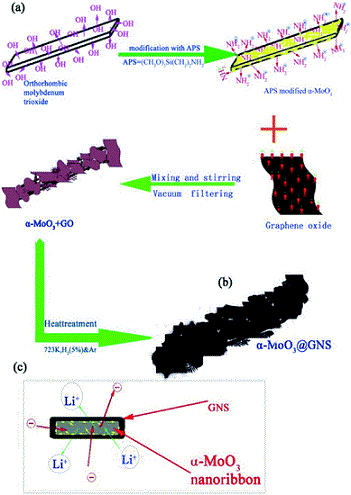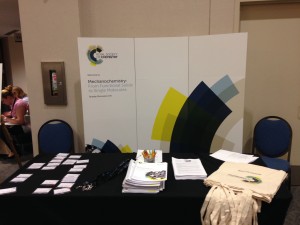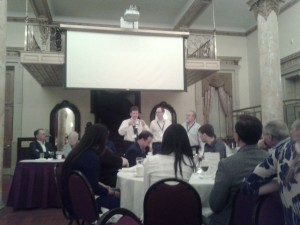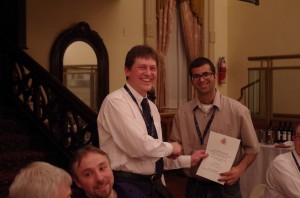Please take a look at Autumn’s HOT articles which are free to access for 4 weeks only!
Our HOT articles have also been compiled into a collection and are available for viewing on our website
The effect of NH4+ on shape modulation of La1−xSrxMnO3 crystals in a hydrothermal environment
Keke Huang, Wenchun Feng, Long Yuan, Jiaxin Zhang, Xuefeng Chu, Changmin Hou, Xiaofeng Wu and Shouhua Feng
CrystEngComm, 2014, Advance Article
DOI: 10.1039/C4CE01332H

Free to access until 27th October 2014
Effects of surroundings on upconversion luminescent properties of rare earth luminescence centers
Jiayin Zhang, Feng Qin, Hua Zhao, Xin Yang, Xitian Zhang, Xuanzhang Wang, Hong Gao, Zhiguo Zhang and Wenwu Cao
CrystEngComm, 2014, Advance Article
DOI: 10.1039/C4CE01441C

Free to access until 27th October 2014
Metal–organic frameworks as hosts for nanoparticles
Christoph Rösler and Roland A. Fischer
CrystEngComm, 2015, Advance Article
DOI: 10.1039/C4CE01251H

Free to access until 17th October 2014
Low-temperature crystal growth of aluminium-doped zinc oxide nanoparticles in a melted viscous liquid of alkylammonium nitrates for fabrication of their transparent crystal films
Hiroki Kaneko, Takanari Togashi, Takashi Naka, Manabu Ishizaki, Katsuhiko Kanaizuka, Masatomi Sakamotoa and Masato Kurihara
CrystEngComm, 2014, Advance Article
DOI: 10.1039/C4CE01336K

Free to access until 17th October 2014
Charged nanoparticles crystallizing and controlling crystallization: from coatings to nanoparticle surfactants to chemical amplifiers
Bartosz A. Grzybowski
CrystEngComm, 2014, Advance Article
DOI: 10.1039/C4CE00689E

Free to access until 17th October 2014














 Gwenda Kyd has a PhD in metallocarborane chemistry from the University of Edinburgh. Other research work includes the spectroscopic study of the structure of glasses and organometallic electron-transfer reactions and the preparation of new inorganic phosphors
Gwenda Kyd has a PhD in metallocarborane chemistry from the University of Edinburgh. Other research work includes the spectroscopic study of the structure of glasses and organometallic electron-transfer reactions and the preparation of new inorganic phosphors




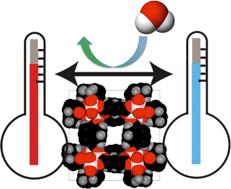
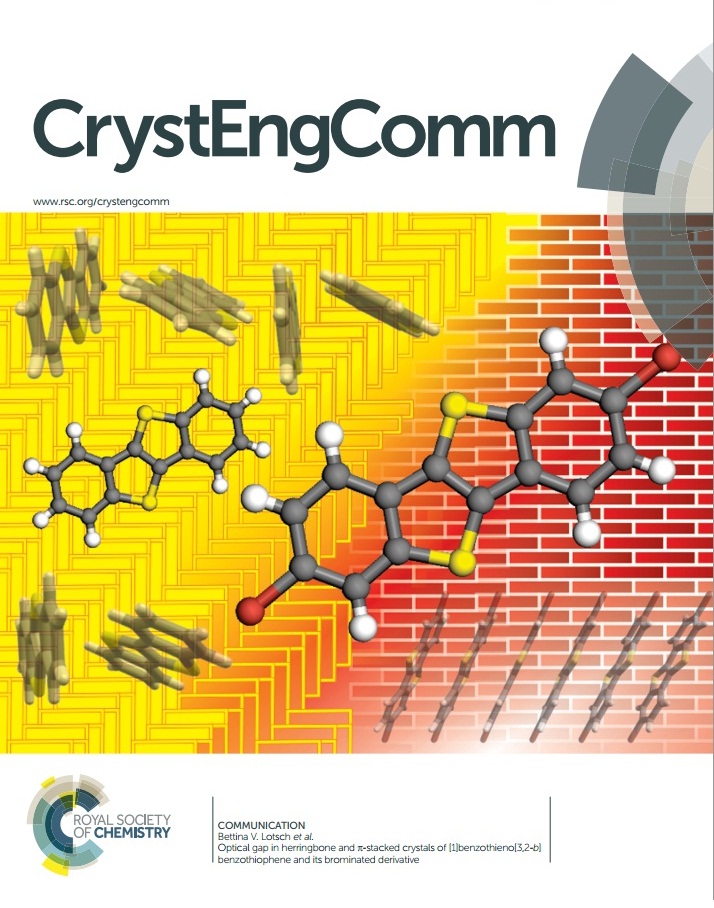






 Gwenda Kyd has a PhD in metallocarborane chemistry from the University of Edinburgh. Other research work includes the spectroscopic study of the structure of glasses and organometallic electron-transfer reactions and the preparation of new inorganic phosphors. She has recently published a book on chemicals from plants.
Gwenda Kyd has a PhD in metallocarborane chemistry from the University of Edinburgh. Other research work includes the spectroscopic study of the structure of glasses and organometallic electron-transfer reactions and the preparation of new inorganic phosphors. She has recently published a book on chemicals from plants.